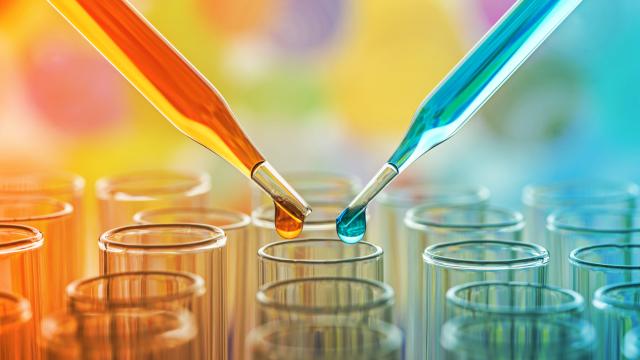There’s still no cure for the coronavirus, but dozens of drugs and treatments are being tested against it. And you’re not alone if you’ve gotten confused about which ones are mere possibilities and which are widely understood to be useful. The science changes day by day, and sometimes a drug will make headlines based on data that turns out not to be as reliable as it first looked.
This tracker from the New York Times aims to cut through some of the confusion. In contrast to STAT’s tracker, which follows each drug’s path through the regulatory process, this one evaluates the strength of the evidence for each drug and also for several non-pharmaceutical treatments.
As of today, the tracker lists:
- Two treatments currently in wide use: ventilators, and the simple hack of placing patients face-down to relieve pressure on their lungs.
- Two “promising” treatments: remdesivir, an antiviral; and dexamethasone, a corticosteroid that acts against the immune system (yes, it’s counterintuitive) to reduce inflammation in severely ill patients.
- Ten treatments with “tentative or mixed” evidence, including convalescent plasma (from the blood of recovered patients) and anticoagulants.
- Two treatments that are “not promising”: hydroxychloroquine or chloroquine, and the combination of antivirals lopinavir and ritonavir.
- Three treatments deemed “pseudoscience or fraud”: drinking or injecting bleach and disinfectants, which as you might guess is horribly dangerous; ultraviolet light used on the body, also inadvisable and ineffective; and silver-containing treatments, which have been flagged by the FDA as fraudulent when advertised to treat COVID-19.
Each category should be read with a caveat. For example, the “widely used” treatments aren’t judged on the strength of the evidence, but on how common the treatment currently is. We hope those things are related, but they aren’t guaranteed to be.
The treatments with “promising” evidence are not necessarily the next wonder drugs. Sometimes they may only help a little (reducing mortality rates slightly for severely ill patients, perhaps). The “tentative or mixed evidence” treatments may also end up being of limited usefulness if they’re successful.
And on the flip side, some of the “not promising” treatments may not have been tested enough or in the right conditions to determine their true usefulness. As we learn more about the virus and as more trials are done, expect treatments to move from category to category to keep up with the science.

Leave a Reply
You must be logged in to post a comment.